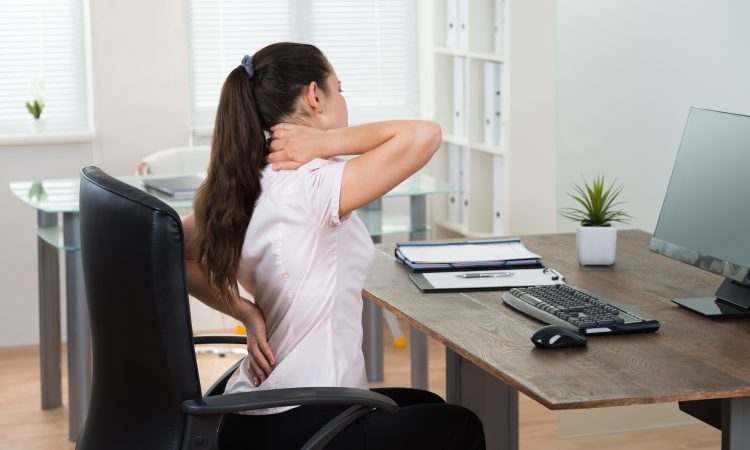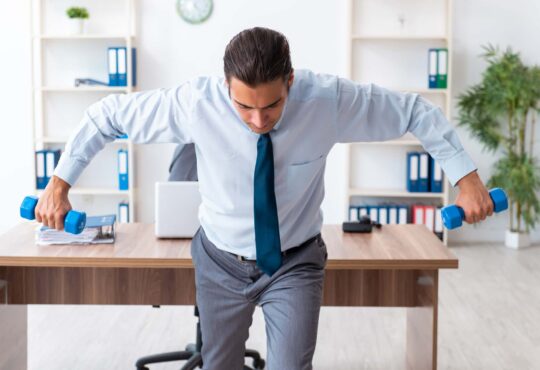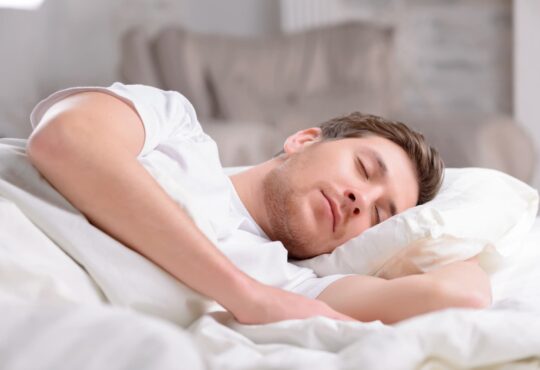
Make your booty do its duty – and that’s NOT resting on a chair.
We were not made to sit.
Not for long, anyway.
A few years ago, a new scientific study found that sitting for long periods of time increases the risk for all-cause mortality – even for people who also “exercised.” That is, people who dedicated specific blocks of time to work out. https://annals.org/aim/article-abstract/2653704/patterns-sedentary-behavior-mortality-u-s-middle-aged-older-adults
This disturbed many part-time athletes who believed the time they spent running, working out in the gym or participating in Crossfit made up for the time they spent sitting in front of their computer screens.
But the “sitting is the new smoking” meme is also good news.
It means you don’t have to run marathons, benchpress 300 pounds or cycle across three counties to get MOST of the health and anti-aging benefits of exercise.
You just have to get your butt up.
“Movement” is Key
When you’re inactive for extended periods of time, that adversely affects your endothelial lining. That’s the layer of cells on the inside of your veins and arteries.
You’re being sedentary when you’re sitting without being otherwise active. Your blood flow in your legs slows down, so blood then tends to pool in your calves.
That raises blood pressure and can deform your arteries inside.
Your arteries receive less nitric oxide from your blood. That’s harmful because nitric oxide relaxes your artery walls, allowing them to expand.
And all this increases oxidative stress (free radicals). This reduces the health of your endothelial lining.
All of the above results in increased risk for atherosclerotic cardiovascular disease (ACVD). This directly results in increased risk of heart attacks.
https://www.ncbi.nlm.nih.gov/pmc/articles/PMC3560806/
One interesting study compared heart disease rates in London bus drivers (who sat all day) to London bus conductors (who stood all day). Although they worked together and had similar lifestyles, the drivers had far more heart disease than the conductors.
Sitting too long also increases your risk of obesity, high blood pressure and Type 2 diabetes, according to the United States Centers for Disease Control and Prevention (CDC).
https://www.cdc.gov/heartdisease/behavior.htm
“We are sitting ourselves to death,”
according to James Levine, a Professor of Medicine at the Mayo Clinic. “The chair is out to kill us.”
After just 30 minutes of sitting, your metabolism slows down 90%. Enzymes that move fat from your arteries to your muscles so it can be burnt as fuel, are also slowed.
This has Profound Implications When You’re Trying to Lose Weight
Dr. Levine discovered the crucial role of simple movement as a byproduct of studies on office workers trying to lose weight. None of the study participants were “exercisers.”
First, he put them on a diet of just 1,000 calories. That’s quite low, and he must have expected all the workers would lose weight.
Some did.
But others didn’t. In fact, some of the workers GAINED weight – even while eating like concentration camp prisoners.
He then placed sensors into the underwear of the workers, so he tracked their daily activity.
The group of workers that lost weight moved an average of 2.25 hours more a day than the workers gaining weight.
Remember, they weren’t “exercisers.” They weren’t rock climbers or swimmers or triathletes.
They just moved around 2.25 hours more every day.
Inactivity Increases Your Risk for Many Cancers and Diabetes
Movement most directly affects your endothelial lining and ACVD risk. However, being sedentary is also inflammatory. Therefore, it increases your risk for some cancers, including: colon, breast, lung, prostate, ovarian and endothelial.
One epidemiologist, Christine Friedenreich, estimates sitting contributes to a total of 173,000 deaths from these cancers every year.
Since cancer kills just under 600,000 Americans every year, that means inactivity contributes to roughly 30% of these deaths.
In one study, men who cut down on their activity suffered from increased belly fat. They also became worse at metabolizing fats and sugars.
Sitting also increases triglycerides in your body.
All of these factors raise your risk for Type 2 diabetes.
What To Do
First, if you’re already an active exerciser, don’t stop. As long as you’re not pushing yourself over your physical limits, organized workouts are certainly beneficial.
Just – now start refusing to sit still for more than 30 minutes.
That is what we all need to do, whether we regularly exercise in an athletic way or not.
The need for activity is continuous. Your endothelial lining begins going downhill within 30 minutes of sitting down, even if you ran ten miles last night.
And if you’re not taking dedicated time to exercise yet, start. The CDC recommends adults get at least 2.5 hours of moderate-intensity aerobic exercise every week. The best type is what you enjoy, and is simple. That’s why for many people the best exercise is walking. Just put on comfortable shoes and step outside.
If you’re stuck inside due to bad weather or safety concerns, a stationary bicycle works well. You can set one in your living room and pedal while you’re watching TV, reading, speaking on the phone or playing video games.
Everybody who sits down at work: ask your employer for a standing desk. After all, when your endothelial lining is healthy, your blood flows more freely and you think better. Therefore, you’ll function more effectively and efficiently.
Above all else – don’t sit down for more than 30 minutes at a time.
Get up, stretch and walk around.
Also, pay attention to little ways to increase your physical activity. I used to think the standard advice to park in the rear of a store’s lot and take the stairs instead of an elevator was hokey. Now, it’s clear that every extra minute spent in activity matters to your health.
(Full disclaimer: I wrote this article sitting down, but took several active breaks. And now that’s it’s complete, I’m going for a long walk.)







